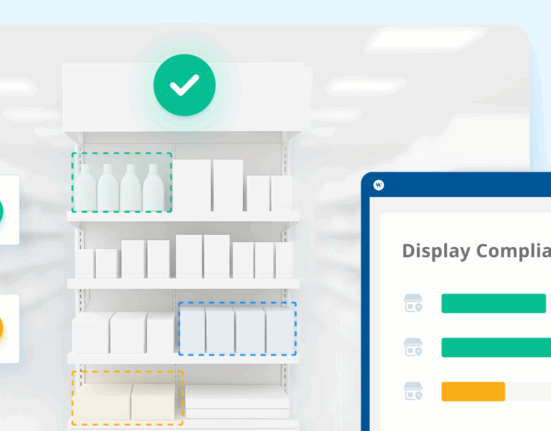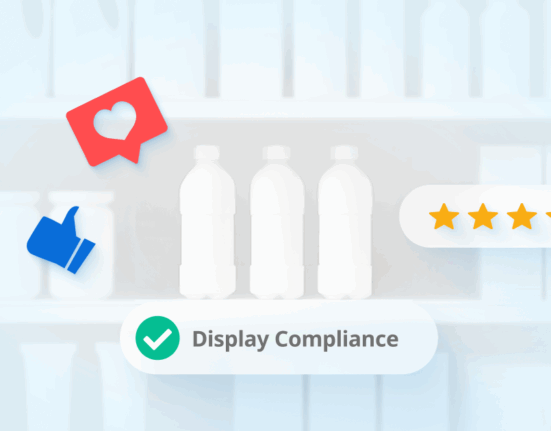Do you know where your products are currently sold? In a perfect world, you’d have control over every distribution channel and know exactly who your sellers are. Of course, we don’t live in a perfect world.
Somewhere mixed in with your approved sales channels is the grey market. This murky area can be a serious headache for brands, especially without a firm understanding of what the grey market is and where it exists.
The good news is that there are plenty of solutions for brands plagued by grey market sellers. Here is what you need to know to get started.
What is the Grey Market?
The grey market is a distribution channel not authorized by the brand or manufacturer of that product. Grey market goods are sold by unauthorized resellers that may otherwise look reputable to consumers.
There is no physical grey market—if only you could drive up, get out of your car, and see who’s selling what. Instead, the grey market includes any retailer who is selling a legitimate product, yet acquired that product by unauthorized means. This could be a rogue distributor, liquidated stock, stolen goods, a distributor selling off excess inventory to another distributor or retailer, or something else. Grey market goods could appear on brick-and-mortar shelves or online ones.
Does it sound like stopping grey market sellers is like a game of Whac-a-Mole? You’re not far off, but there are some tactics that can work to reduce the likelihood of grey market goods and shift control back to brands.
The grey market includes any retailer who is selling a legitimate product, yet acquired that product by unauthorized means.
How to Stop Grey Market Sellers
These tips and tricks could be exactly what you need to snuff out any grey market products. But, if you want some more information, check out our Skullcandy case study for an example of how the headphone manufacturer dealt with unauthorized grey-market sellers. Or, you can listen to our webinar on rogue marketplace sellers.
1. Identify Unauthorized Sellers
You can’t stop the grey market if you don’t know where—and what—it is first. Your current sales data can tell you a lot here. One good identifier of a grey market seller is a suspiciously low price. So, monitor your prices across all your distribution channels for any red flags. Then, drill down into any seller whose prices are lower than usual. They could have acquired your products by unauthorized means, making them part of the grey market.
Another tool here is minimum advertised price or MAP monitoring. Monitoring your MAP pricing can quickly highlight any seller who is priced too low, whether you’ve worked with them or not. MAP violators and unauthorized sellers can go hand-in-hand, providing clearer insight into the grey market.
2. Educate Your Consumers
Next up is good ol’ consumer education. This won’t solve all your grey market problems, but it’s definitely a tool you should use.
Educate your consumers about where to shop and why to shop there. You don’t have to be explicit about the reasoning behind this—the average shopper doesn’t know or care about unauthorized sellers, MAP pricing, or the grey market. Instead, work it into your existing marketing and sales. Emphasize your retail partners, mention where your products are sold, and includes links to authorized websites. Make it incredibly easy for consumers to buy your brand. Otherwise, the odds increase that they end up with a grey market seller.

3. Send Cease-and-Desist Letters
You can shift focus toward stopping these unauthorized sellers once you’ve tracked down the retailers who are selling your grey market products.
One strategy at your disposal is a cease-and-desist letter. This notice can serve as a precursor to legal action, informing the seller that you are willing and able to pursue litigation if it comes to that. In some cases, the grey market seller may not be fully aware that they are, in fact, part of the grey market. Therefore, a cease-and-desist letter may be all you need to correct this behavior. If not, it can help you prepare for future litigation or other steps.
4. Take Them to Court
Finally, we arrive at that litigation stage. For some grey market sellers, a lawsuit may be the only step that you can take to protect your brand.
In this case, find a legal firm that has experience with unauthorized sellers, trademark concerns, or MAP pricing. Many brands have been in these same shoes, so there’s plenty of experience out there. If you are ready for a lawsuit, the previous steps can help you prepare. You’ll have records on your authorized distribution channels, MAP violations, unauthorized sellers, and more to help build your case.
Protect Your Brand from the Grey Market
Where and how your products are sold is incredibly important for your brand. It can shape how consumers perceive your company, and—just as importantly—affect your sales and bottom line.
A good protection strategy from grey market goods, counterfeit goods, stolen goods, or any other unauthorized sale of your products begins with education and awareness. Above all else, you need to know what is going on in the market and how your brand is presented to the public.
Armed with accurate, high-quality data, you’ll be better equipped to act against any unauthorized sales of your brand.









